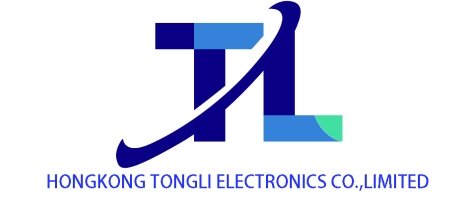Global Semiconductor Market Undergoes Changes: Storage Giants Compete for AI, NVIDIA’s Market Value Hits New High
On July 10, the global semiconductor industry witnessed a landmark moment: NVIDIA’s market value once exceeded $4 trillion, making it the company with the highest market value in history. At the same time, the pattern of the memory chip market has undergone a dramatic reshaping. SK Hynix and Samsung tied for the top spot in the global memory market, and the full discontinuation of DDR4 marked the acceleration of technological iteration in the industry.
In the storage sector, data from Counterpoint shows that in the second quarter of 2025, SK Hynix and Samsung Electronics tied for the first place in the global storage semiconductor market with $15.5 billion in sales. SK Hynix achieved a reversal by virtue of its technological advantages in HBM (High – Bandwidth Memory). Its globally first – launched HBM3E product has become the core driver of AI chips. After a huge deficit in the first quarter of 2023, it achieved a performance rebound through adjustments in its technical strategy. In contrast, Samsung Electronics’ semiconductor business saw a sharp 55.9% year – on – year drop in operating profit in the second quarter, reaching only 4.6 trillion won, and the profit of the semiconductor sector is expected to be only 50 billion won, with insufficient HBM production capacity being a shortcoming.
The technological iteration of the industry is accelerating. The four major original manufacturers, namely Samsung, SK Hynix, Micron, and Changxin Memory, have finalized the DDR4 discontinuation plan and will gradually end DDR4 production between 2025 and 2026, fully switching to DDR5 and HBM. Among them, SK Hynix plans to apply femtosecond laser cutting technology to HBM4 production to solve the problem of ultra – thin wafer processing, and peers such as TSMC and Micron are also following up on this technology.
The rise of NVIDIA, a leading AI chip company, has become the focus of the market. Since first breaking through the 1 trillion market value in June 2023, it has overcome challenges such as export controls with its software and hardware integration capabilities, and its market value has soared nearly fourfold in two years. The industry predicts that benefiting from the global AI infrastructure construction, its market value may reach 6 trillion by 2028.
It is worth noting that the semiconductor supply chain is facing the risk of copper resource shortage. Due to droughts caused by climate change, 32% of the world’s chip production capacity may be affected by copper supply disruptions by 2035, and 25% of the production capacity in major copper – producing countries such as Chile is already under threat, which casts a shadow over the rapidly developing semiconductor industry.
Industry experts have made many predictions about the prospects of the semiconductor market. The World Semiconductor Trade Statistics (WSTS) released a forecast that the semiconductor market will achieve extensive growth in 2025, with an increase of 11.2%. A Deloitte report pointed out that by 2030, the final sales of the global semiconductor industry are expected to reach about $1 trillion. Among them, fields such as mobile phones, computers, and consumer electronics will continue to grow, but at a relatively slow rate. In contrast, areas related to computing power, such as servers, data centers, storage, and automotive electronics, will become the fastest – growing sectors, and are expected to maintain an annual growth rate of 9% by 2030.
Liu Weiping, Vice Chairman of the China Semiconductor Industry Association, believes that the recovery of the semiconductor market is an inevitable trend. The new developments in the AI field have indirectly proved that semiconductor manufacturers generally believe that AI contains greater opportunities. Yang Yue, Co – founder and CEO of Pingxin Technology, said that in 2025, AI will still be a strong growth driver for the semiconductor industry. The expansion of AI application scenarios, the increase in computing power demand, and the growth of edge – side smart devices will all stimulate the development of high – performance computing chips.
From the technological competition among storage giants to the skyrocketing market value of leading AI chip companies, the global semiconductor industry is undergoing structural changes. AI demand and supply chain security have become the core of competition. In the future, under the influence of many variables, the trend of the semiconductor market will still be full of opportunities and challenges.
